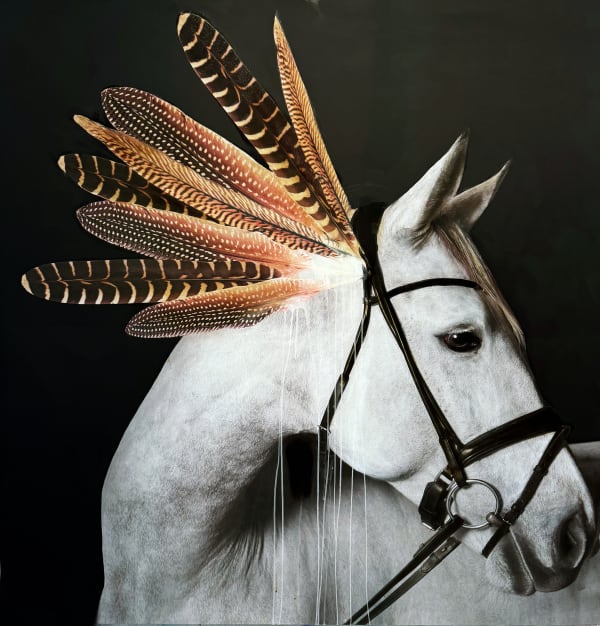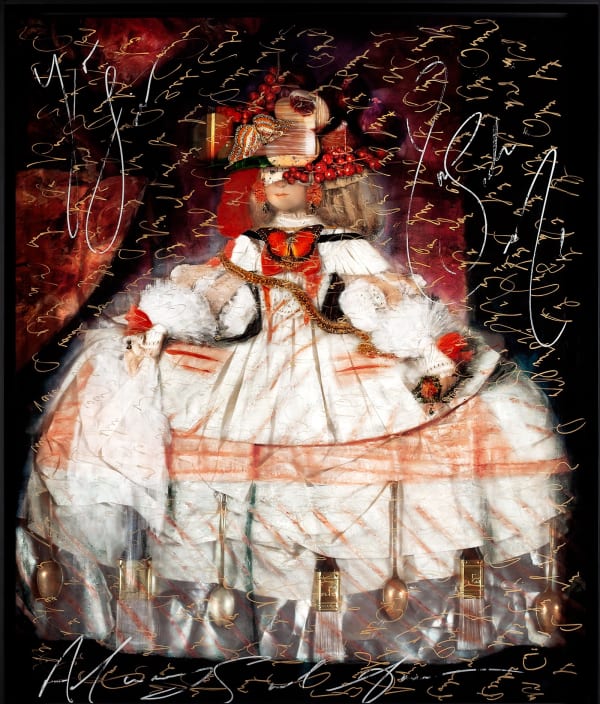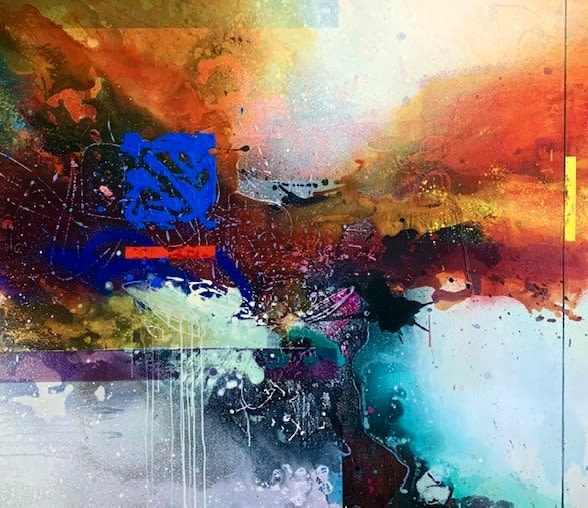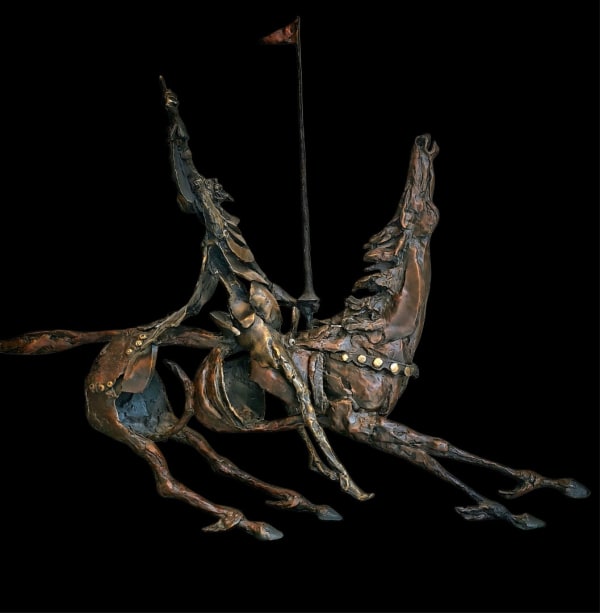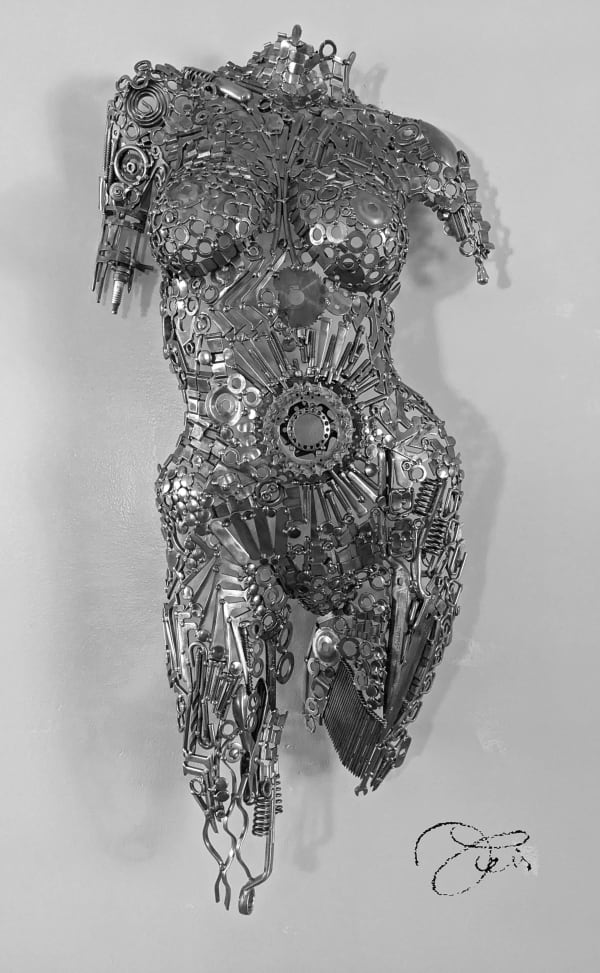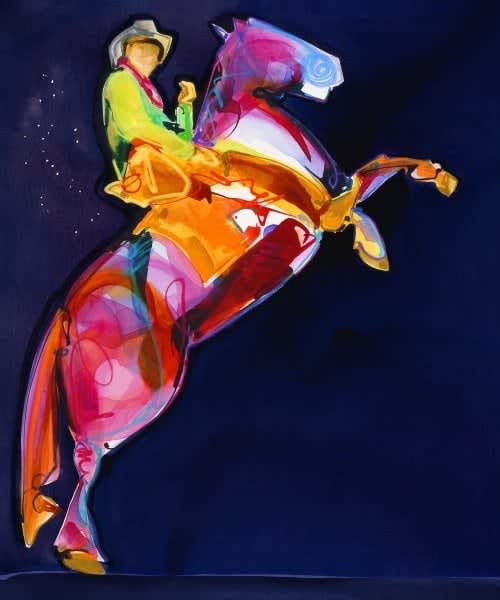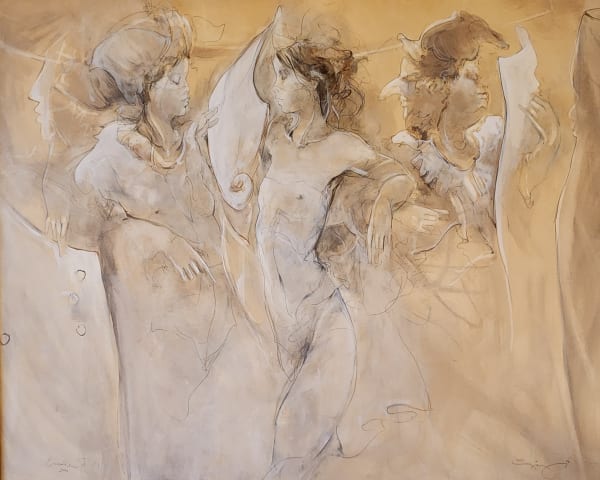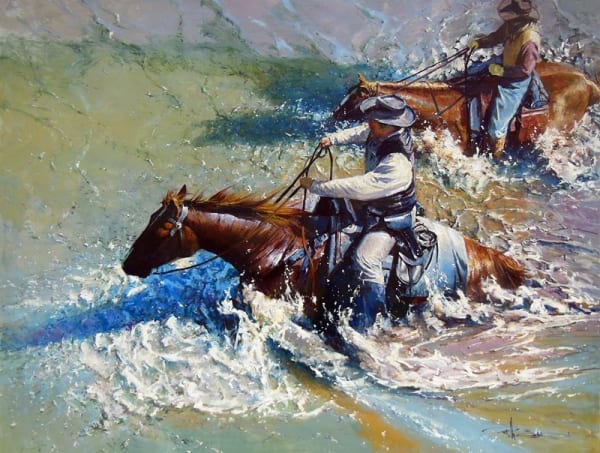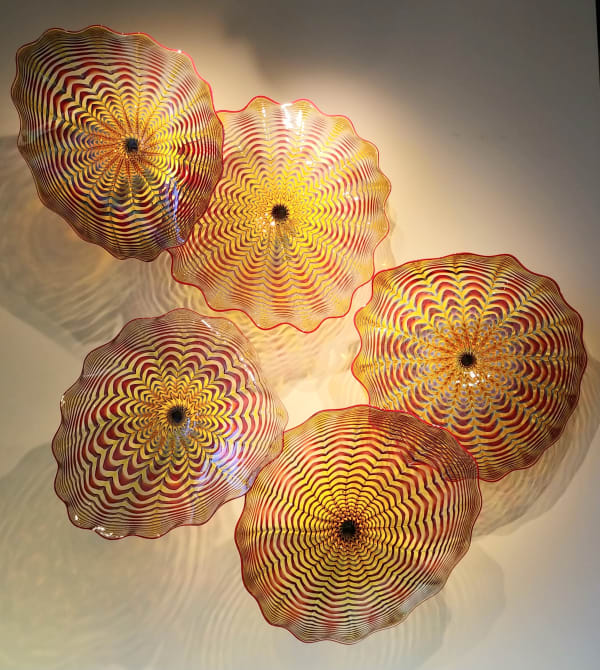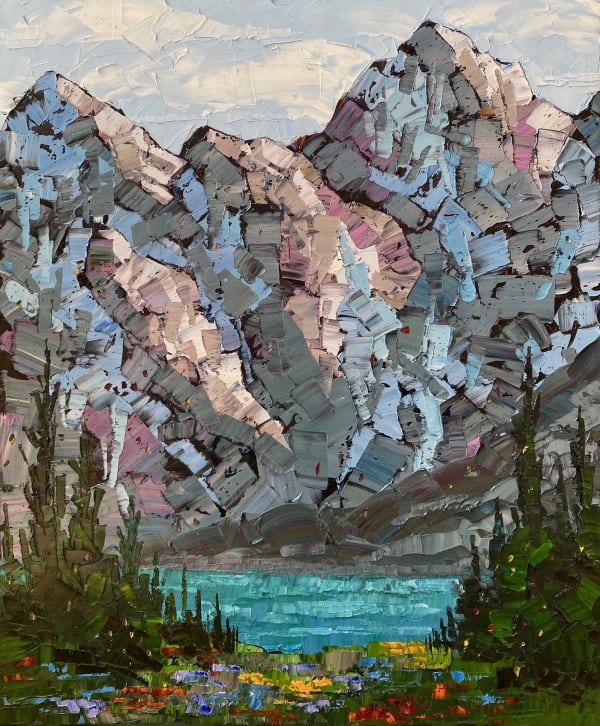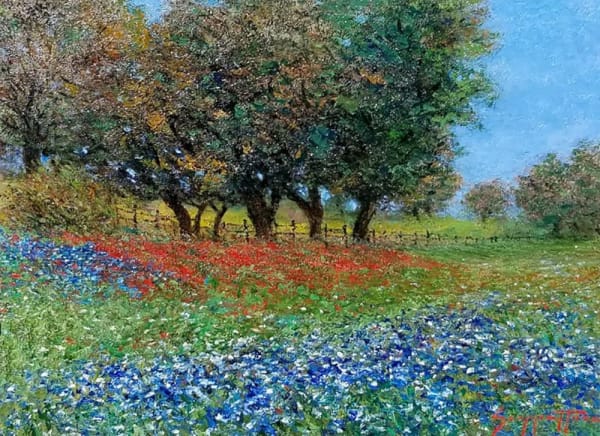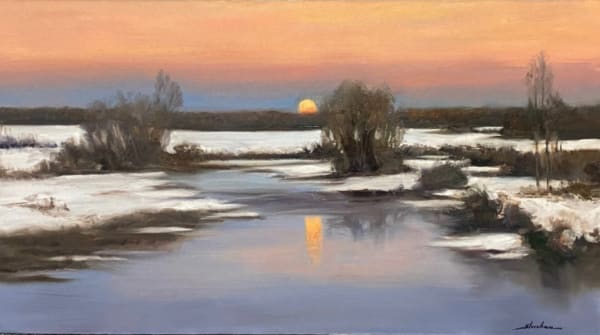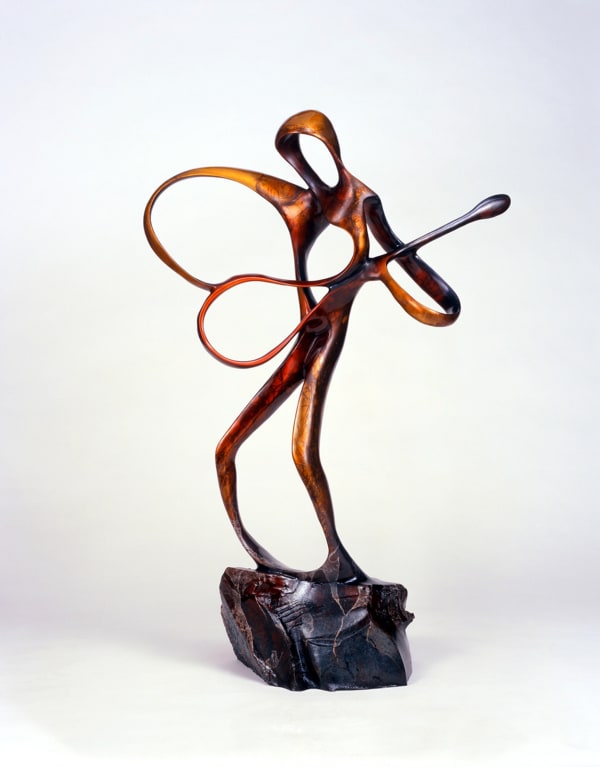Artists exhibited
Gallery artists
-

Alvar
-

Anton Arkhipov
-

André Desjardins
-

Lawrence Feir
-

Carrie Fell
-

Estella Fransbergen
-

Paul Guy Gantner
-

Jurgen Gorg
-

Robert Hagan
-

Frederick Hart
-

Louis Icart
-

Robert Kaindl
-

Jeff McKay
-

Woodrow Nash
-

5 Generations of Camille Pissarro
-

Rembrandt
-

James Scoppettone
-

Dennis Sheehan
-

Adam Stewart
-

Tuan
-

Bob Wilfong
-

Helen Zarin

